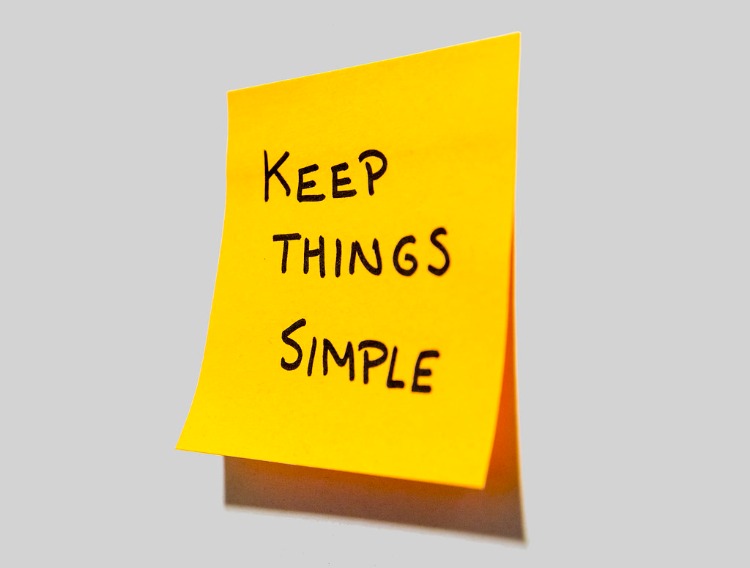Keeping Real-Time Messaging Simple With STOMP

STOMP is a straightforward and easy to use open protocol that provides an interoperable text based format for message brokers and applications to communicate. STOMP allows real-time messaging components to share messages and communicate effectively.
To build real-time web applications you'll need full-duplex communication between a client application and a web server - having a message broker is also essential if you want reliability, and if you want to be able to handle messaging at scale. These different components have very different requirements and often share very little in terms of their tech stack, the programming languages they are written in, and the libraries they use. Despite these differences, the components involved in real-time messaging systems need to be able to send and receive messages agnostic of each component's tech stack in both directions. The WebSocket Protocol was introduced in 2011 to enable two-way communication between clients, and a remote host over a single TCP connection.
Since then, the WebSocket Protocol has become widespread, and it is supported across the web, both by browsers and mobile devices. The WebSocket Protocol although ubiquitous is a low level protocol functioning as a thin layer over TCP. The WebSocket Protocol upgrades a HTTP connection into a duplex connection and transforms a stream of bytes into a stream of messages without defining what those messages look like or how they're structured. With the WebSocket Protocol alone there isn't enough structure for real-time messaging components to route or process messages. This lack of structure makes the WebSocket Protocol by itself too low level for any serious application. Real-time messaging systems can take advantage of the wide support for WebSocket and provide structured messaging by using a WebSocket sub-protocol. The WebSocket Protocol allows itself to be extended by application-level messaging protocols that structure messages and provide additional information to messaging components.
TLDR - we need a simple messaging protocol we can use on top of the WebSocket protocol to allow our real-time messaging components to share messages and communicate effectively.